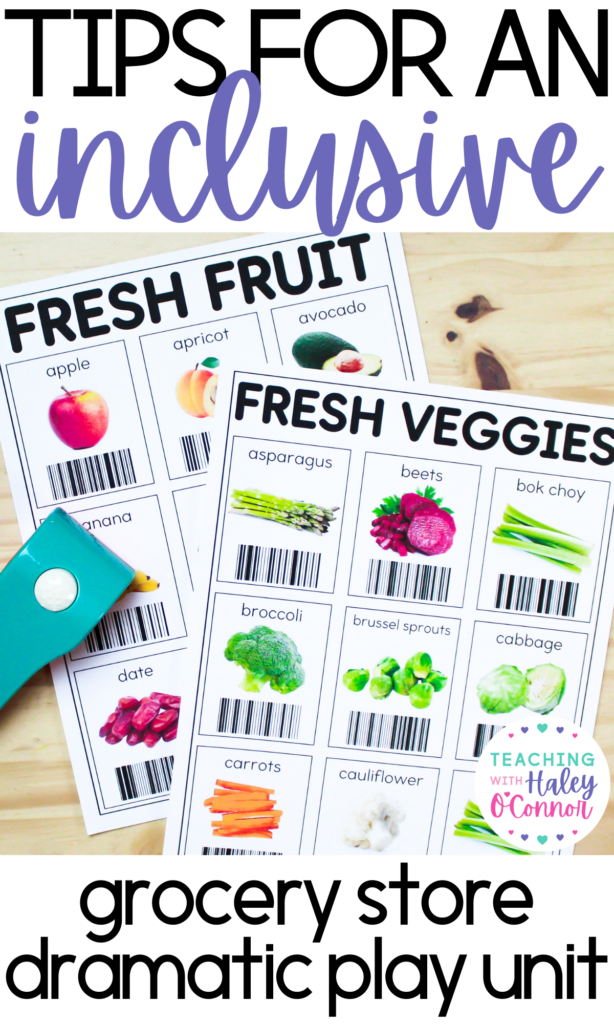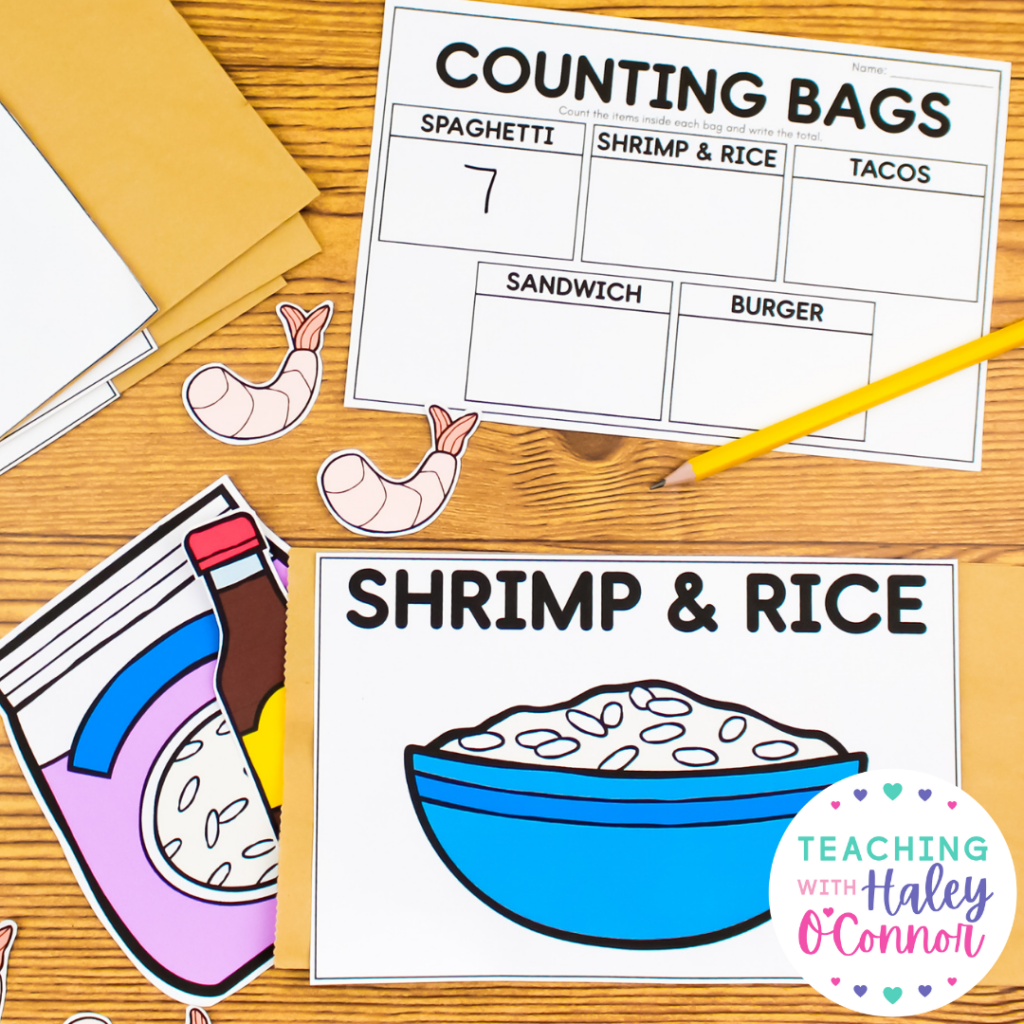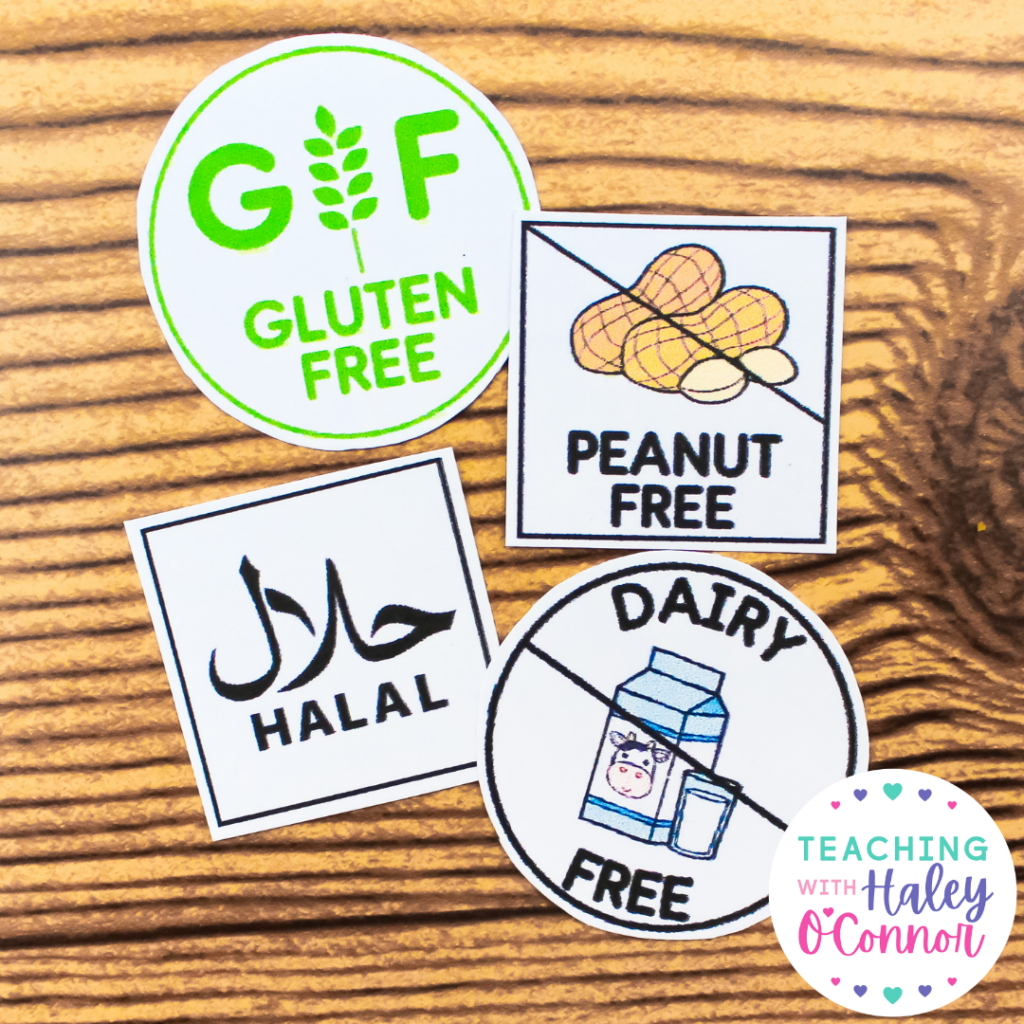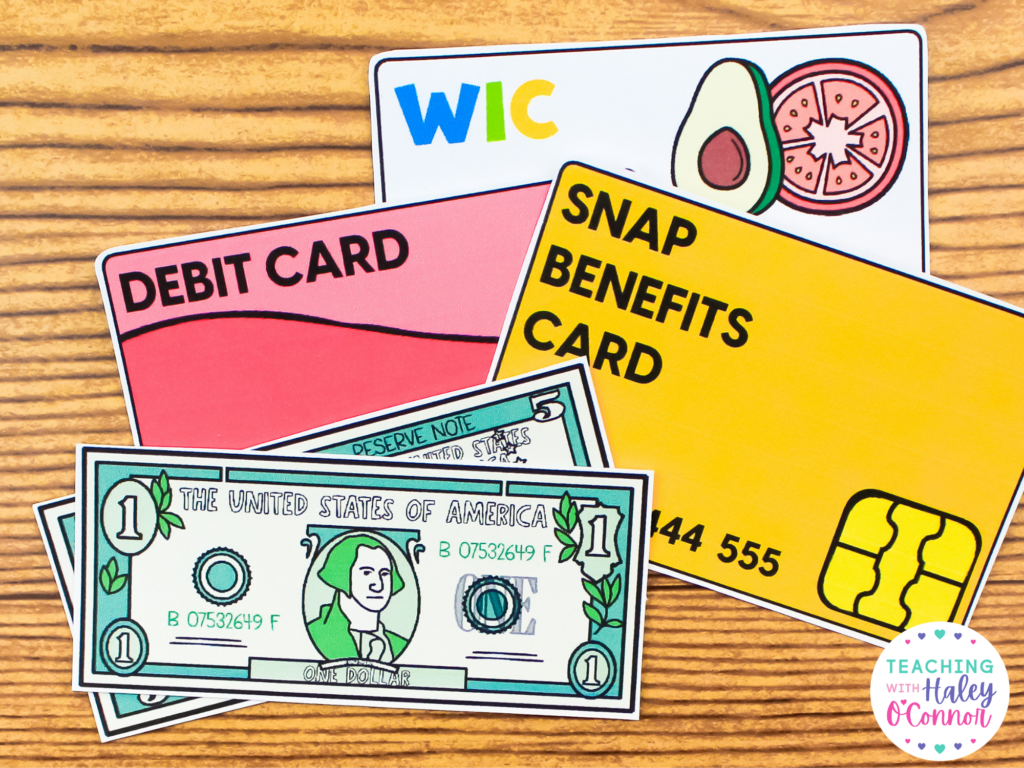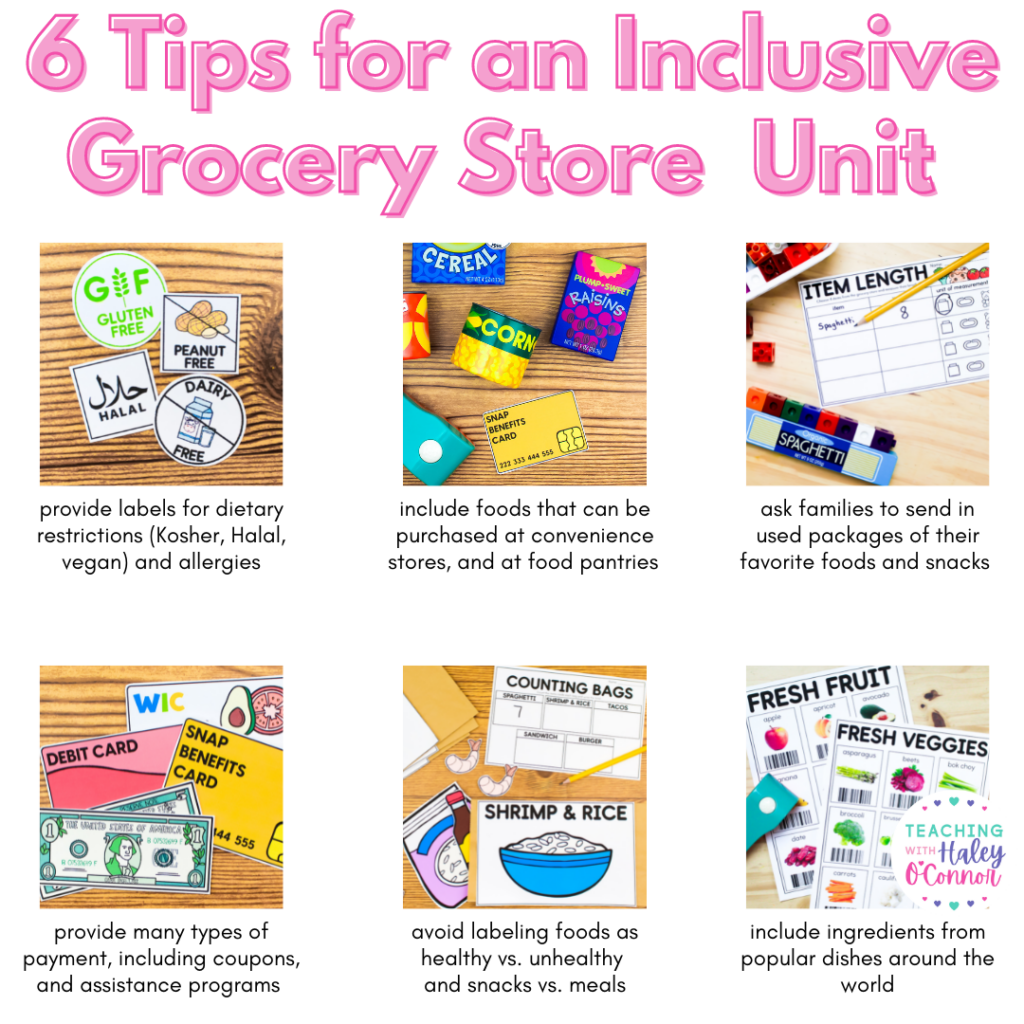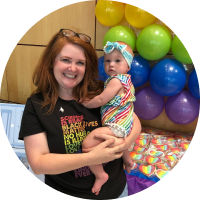Teaching Diversity Through Grocery Dramatic Play
Hi! Today I wanted to share all about Grocery Store Pretend Play. Anytime I make a dramatic play resource, I try to think about what social emotional skills can be encouraged through my resources. Typically I would start with the social-emotional skill, but play should always be child led. My daughter and her peers are LOVING pretending to shop and work at a grocery store, and it’s a great opportunity to encourage cultural, financial, and religious diversity. Our communities are becoming increasingly more diverse, and our classrooms and toys need to represent that. Using play, we can help our students process and learn about our similarities and differences.
This post contains affiliate links. That means I receive a small stipend when you use my links at no cost to you. I use these stipends to continue to create valuable resources and share them with you. You can find these items in my Amazon store, or use the links below. Amazon is the easiest way for me to share links with you, but I encourage you to check thrift stores, Buy Nothing groups on Facebook, and Facebook Marketplace before purchasing them!
Picture Books
Read-Alouds are probably the easiest way to teach about different cultures, traditions, and lifestyles. I actually struggled to find many diverse titles, but I did find a few. You can read about all of my book suggestions for your Grocery unit here.
If you only purchase one book, I hope it’s this one. Saturday at the Food Pantry by Diane O’Neill is such an important and beautiful story that I think should be in every home and classroom. So many families deal with food insecurity, and normalizing assistance does a small part in reducing shame and stigma around it.
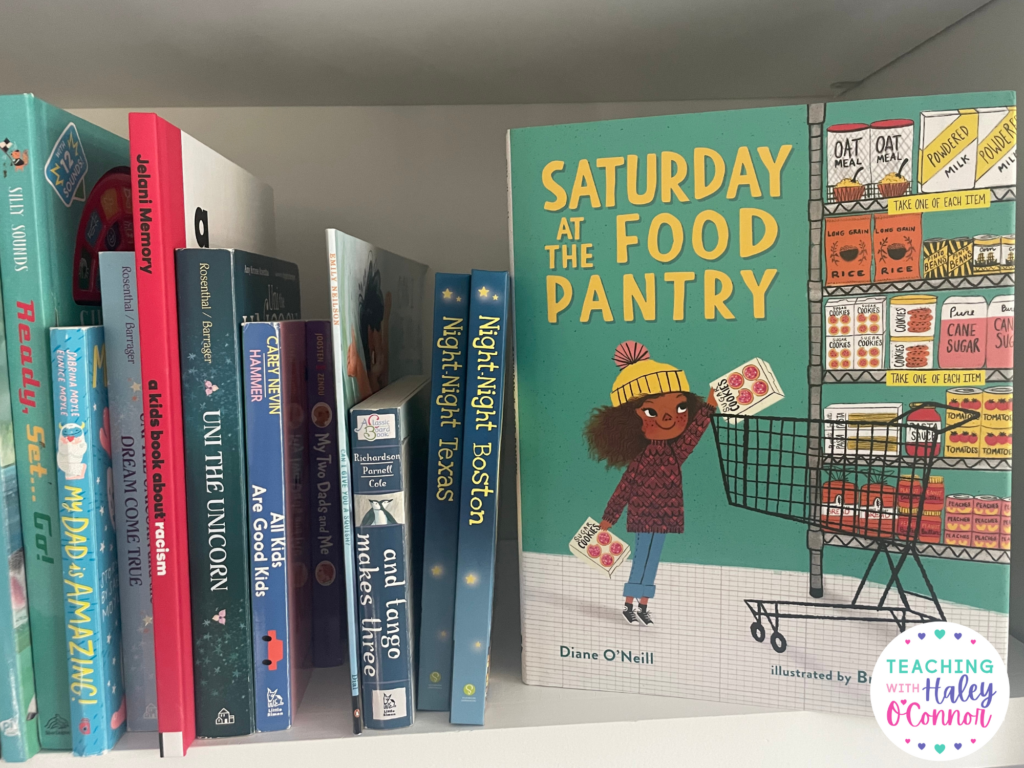
A gentle reminder not to ask students if they have ever been to a food pantry, or ask them to share their experiences. If they volunteer, it’s okay to let them share. But it’s important we don’t “dig” for trauma, or ask students to share their personal stories.
I also like this book, Markets Around the World, but it’s kind of hard to find. I always try to find books that represent the different cultures and communities we have right here in America, instead of focusing on “around the world,” and “other countries.” This can contribute to the feeling of “otherness” that so many students face.
Types of Foods
Grocery store and restaurant dramatic play is a wonderful time to introduce different foods that people in our communities, and around the world eat. It can be really challenging to find diverse pretend foods, so I tried to focus on the fruits, vegetables, and dishes. I spent a lot of time researching popular produce in many different cultures to make sure I was including labels that were diverse. The toys in our pretend grocery stores hopefully represent the kids playing with them, and the kids that AREN’T playing with it.
When our students see a label for challah bread, or the ingredients for shrimp and rice, one of two things will happen.
- They see their own snacks and foods represented in their classroom and play. They feel included and validated.
- They see food they aren’t familiar with, and now have that background knowledge. They start to understand that people eat many different types of foods, and will hopefully have more understanding when they see new foods at the lunch table or at a restaurant.
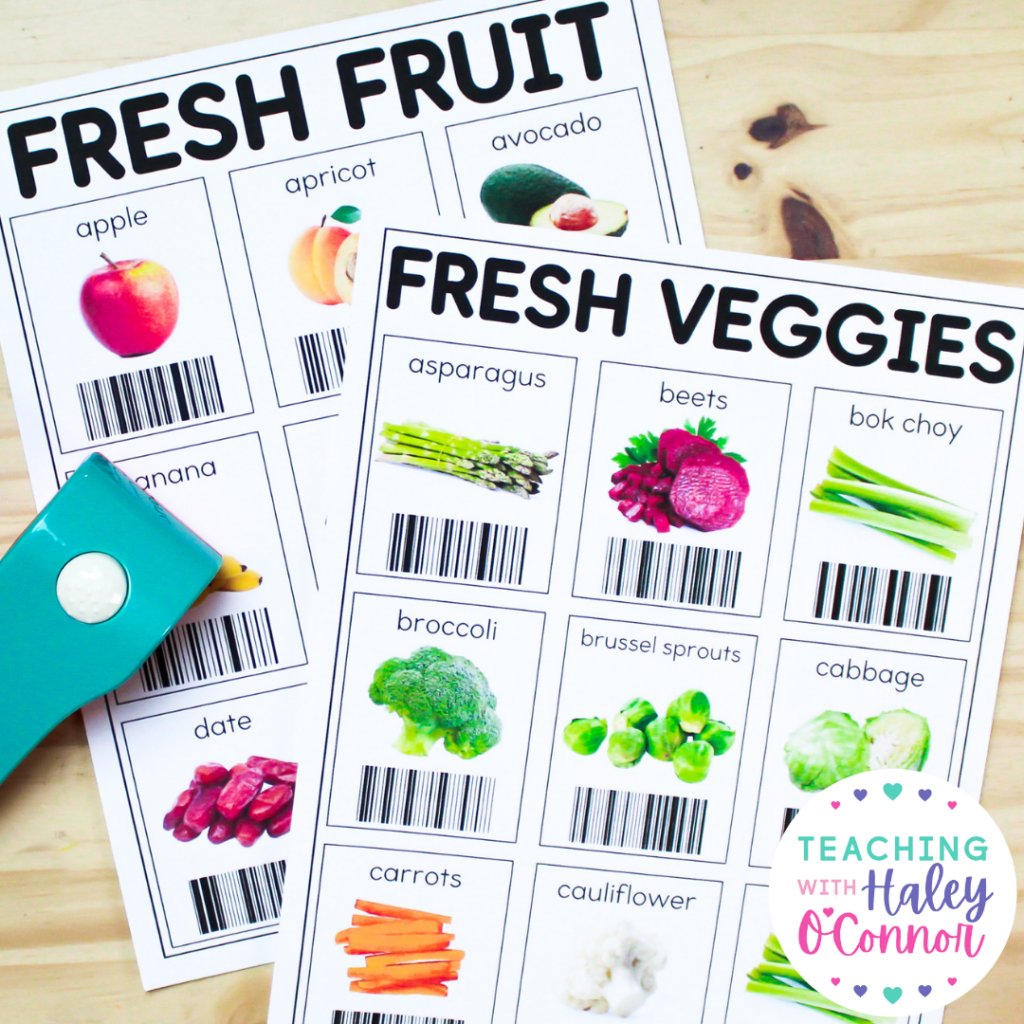
Diet Types and Labels
Grocery Play is a great time to discuss people are who gluten or dairy free, people who eat Kosher or Halal. I included these labels that you can attach them to any pretend food, and make your grocery store more inclusive. Many of our students have allergies or other dietary restrictions, and this is just a small way to help them feel included and “seen.”
Types of Payment
When I decided to create a Grocery resource, the thing I was most excited about was providing different types of payment. Many of our students use WIC, EBT, or other assistance programs to receive nutritious food. It is so important that we normalize these, and include them in play. We don’t need to make a big deal out of any type of payment or assistance. When we make it a “thing,” and talk extensively about welfare and other government assistance, it’s really easy for our own bias to come out. We also don’t want our students, or children at home, to think it’s something that needs to be called out at the store, or feel any sort of shame or resentment about. If you’d like to learn more about food support programs, Kids Eat in Color is a fabulous resource.
Some language you can use includes:
- Some people pay with cash, some people pay with credit cards, and some people use these cards.
- Lots of families need help paying for food. These cards have money on them to pay for food, just like a credit or debit card.
- Everyone deserves healthy and nutritious food.
There are so many benefits to pretend and dramatic play, but I think my favorite is that it offers me the opportunity to introduce my daughter and students to different perspectives and lifestyles!
